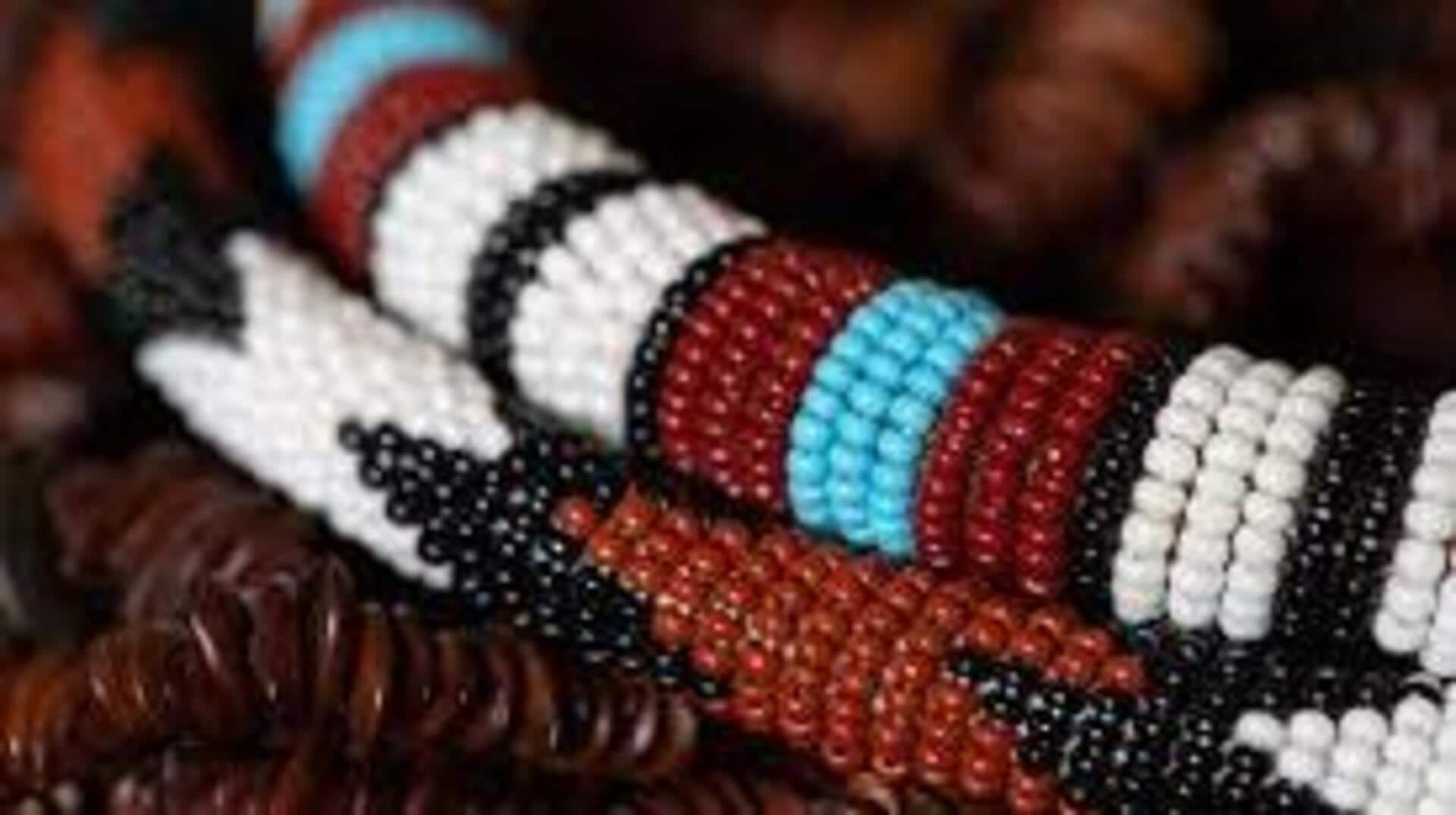
All about beadwork
What's the story
Centuries-old African beadwork holds great importance in several African communities. The art form utilizes beads to create patterns that tell a story, carry a message, or denote a status. While traditional designs continue to be preferred, modern expressions now bring contemporary styles into play with old techniques. In this piece, we explore the art's everlasting charm and the modern take on it.
Cultural significance
Traditional patterns and their meanings
Traditional African beadwork patterns are also rich in symbolism. Each design would often mean something within a community. Like colors could signify different emotions or social statuses. In some cultures, patterns are used during ceremonies to convey blessings or protection. Understanding the traditional designs helps you further appreciate the cultural heritage and values of various African societies.
Crafting essentials
Materials used in beadwork
The materials used in African beadwork differ from region to region, but are usually glass beads, seeds, shells, and stones. The availability and symbolic meanings of these materials determine their usage. Glass beads, for instance, are particularly popular because of their vibrant colors and durability. Not only does the choice of materials affect the aesthetic appeal, but it also adds layers of meaning to every piece.
Contemporary styles
Modern adaptations in beadwork
In recent years, there has been a surge in modern adaptations of traditional beadwork designs. Artists are experimenting with new materials like recycled plastics and metals to create innovative pieces that appeal to global audiences. These contemporary styles often blend traditional motifs with modern aesthetics, resulting in unique creations that honor heritage while embracing change.
Financial benefits
Economic impact on communities
Today, beadwork has emerged as a key livelihood for many communities across Africa. Artisans sell their work at local markets, as well as international platforms online or through exhibitions across the globe. This helps locals boost their economies by giving employment opportunities, especially to women, who constitute a large part of the workforce. Thus, contributing immensely towards poverty alleviation efforts in these regions.